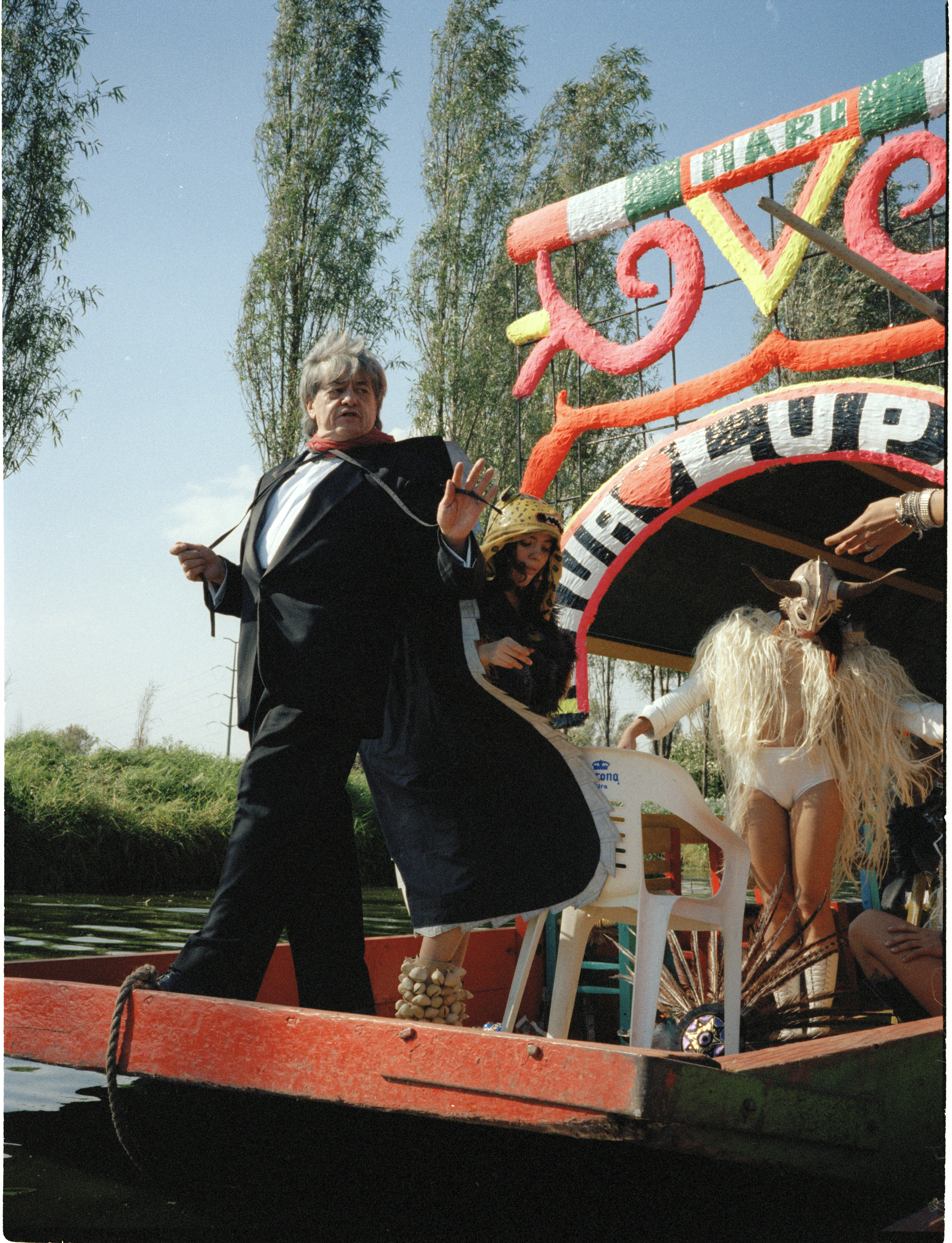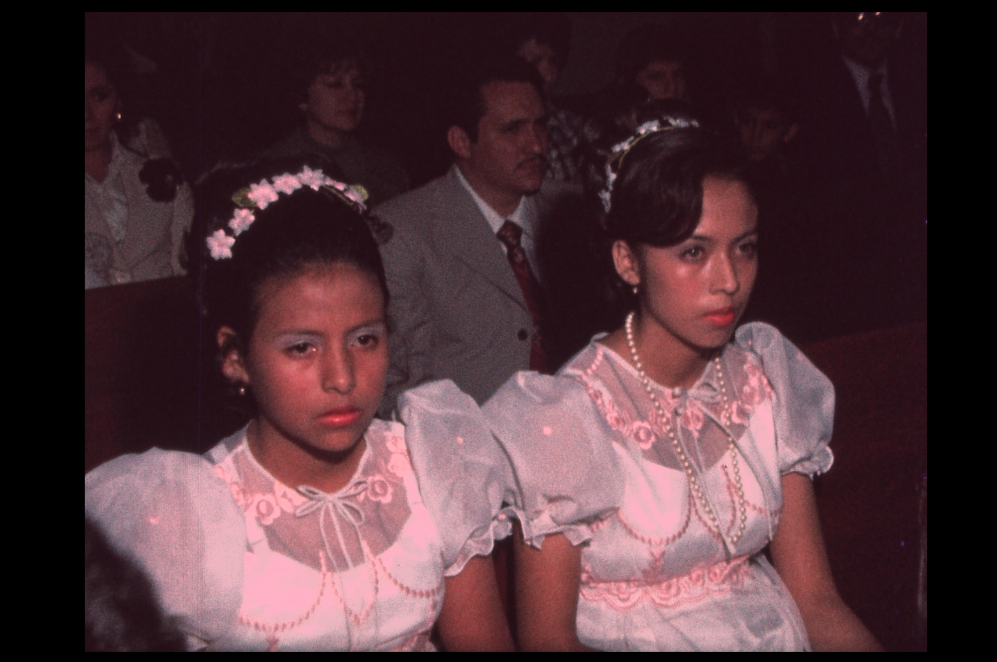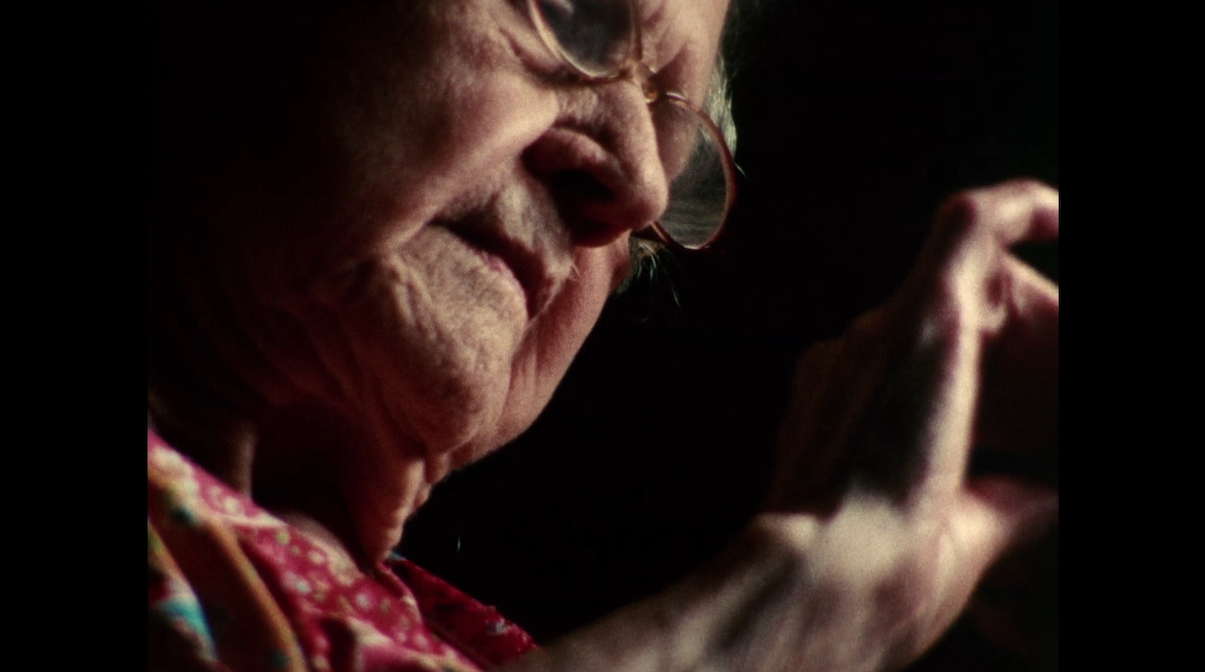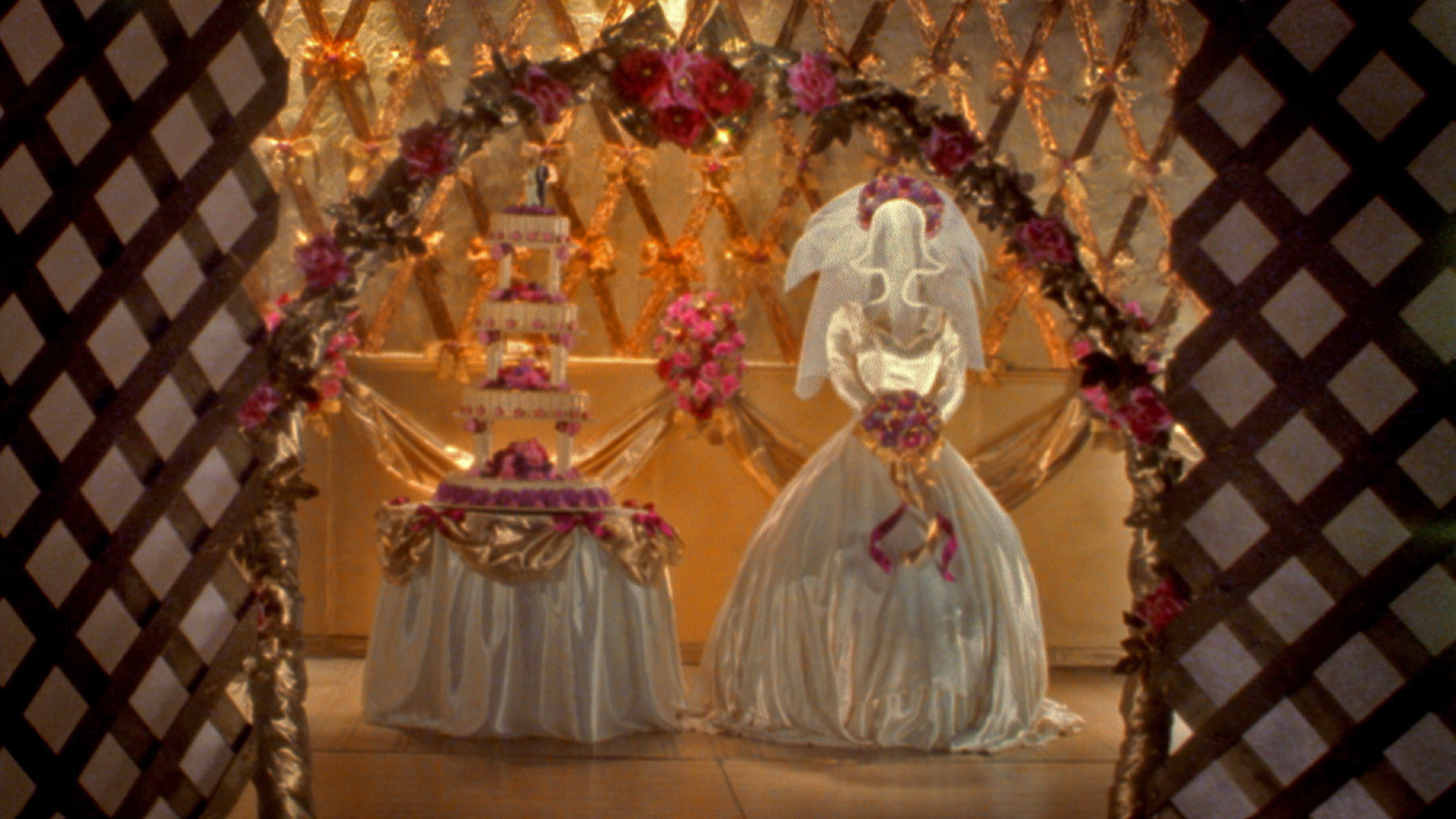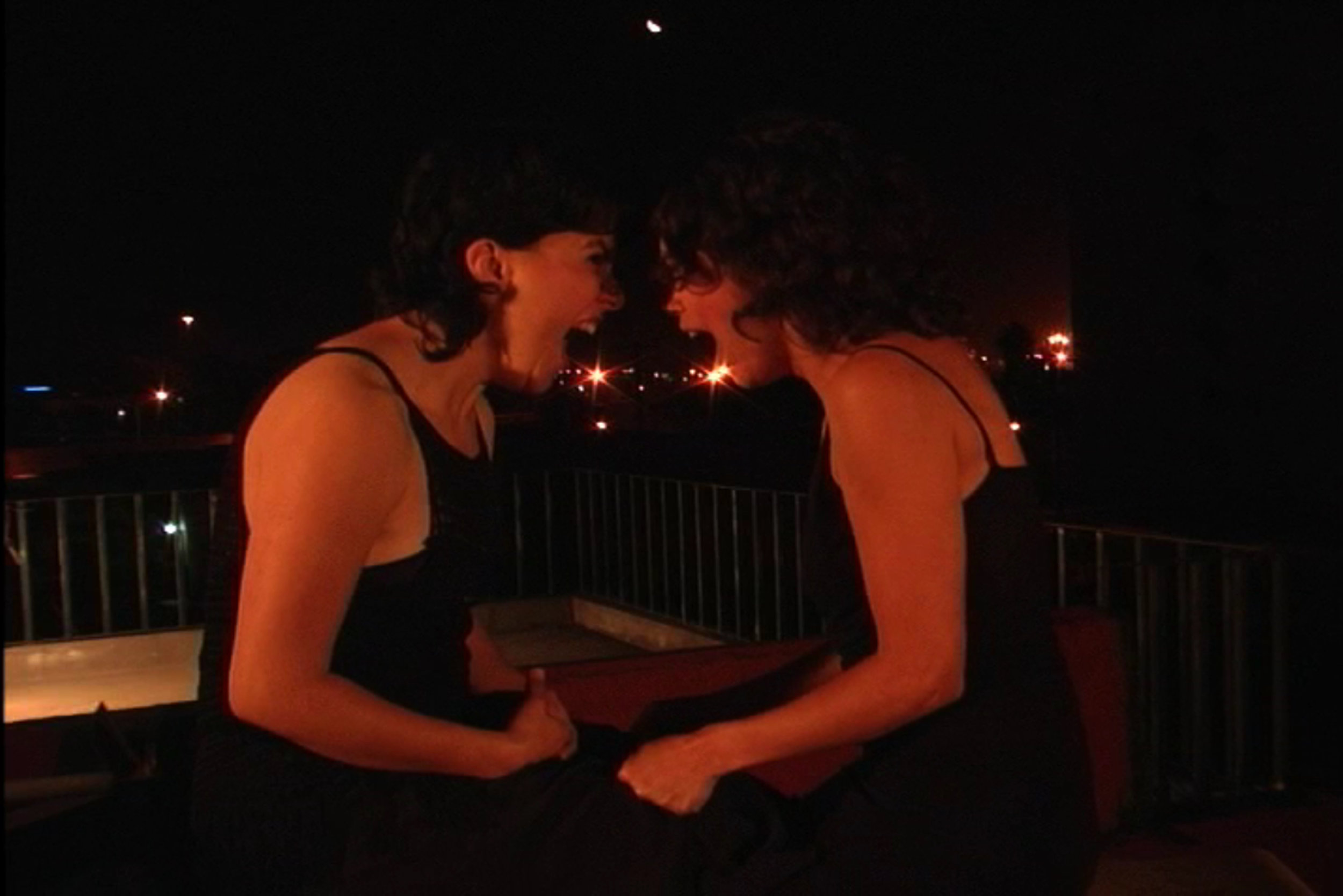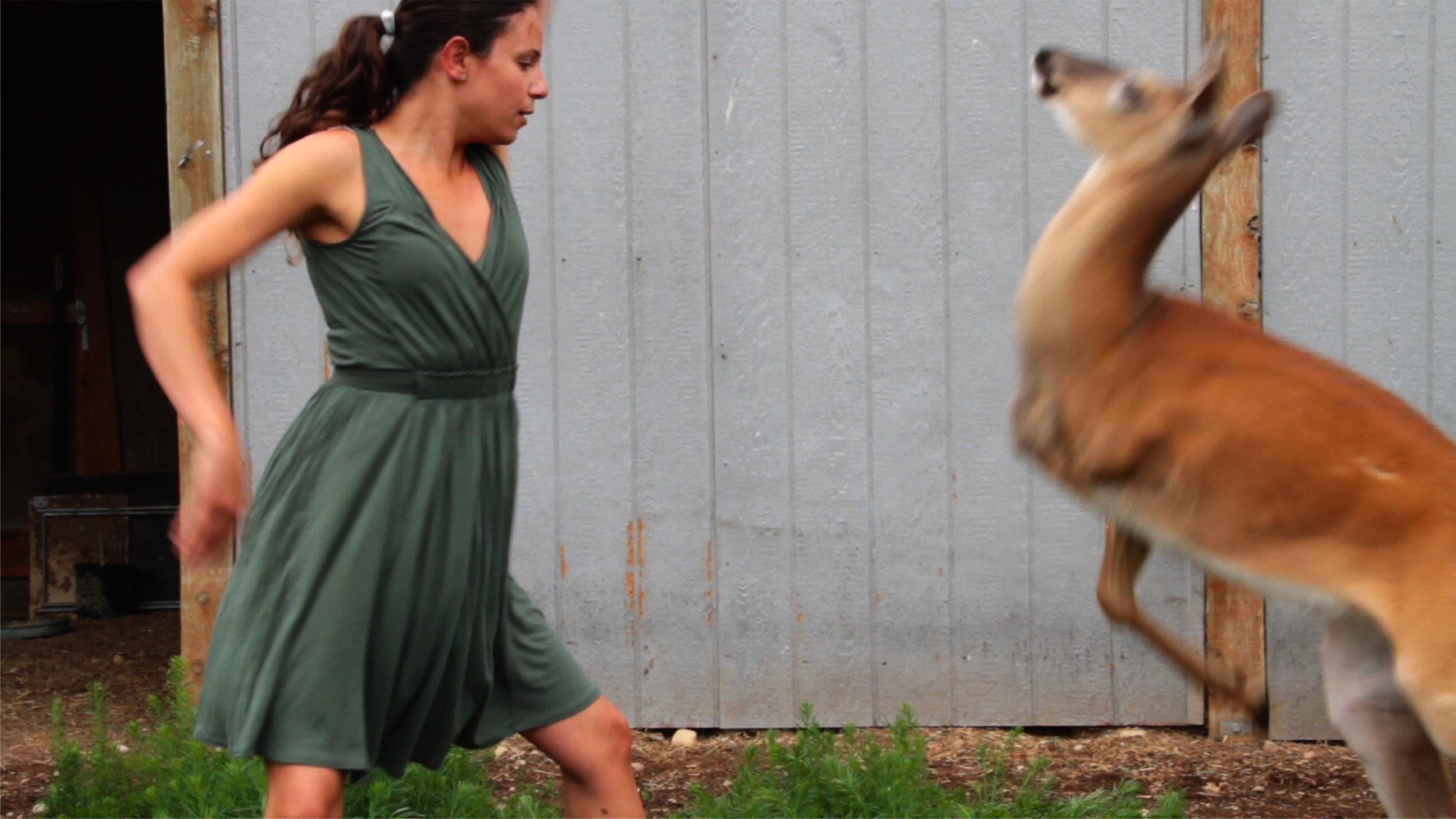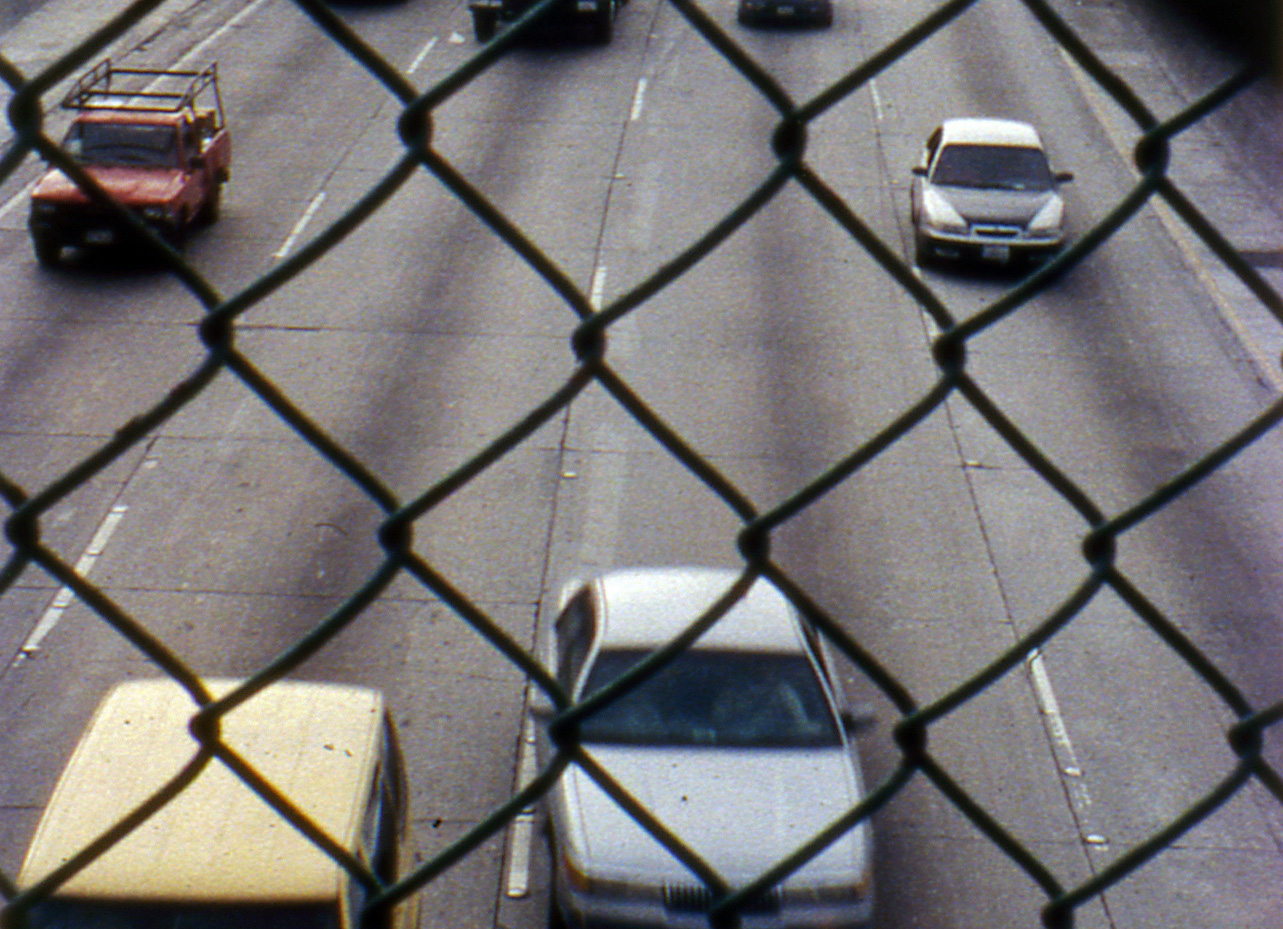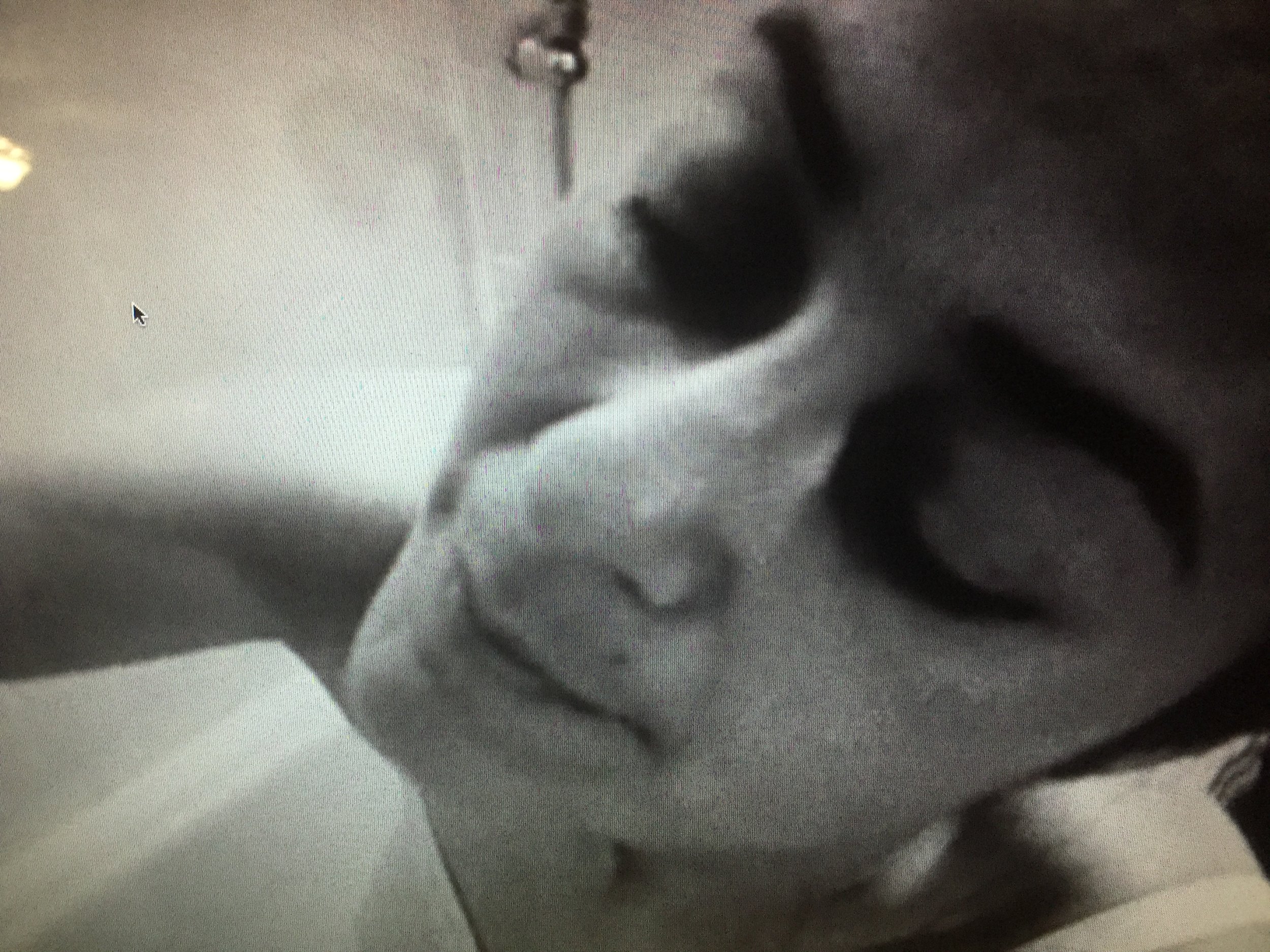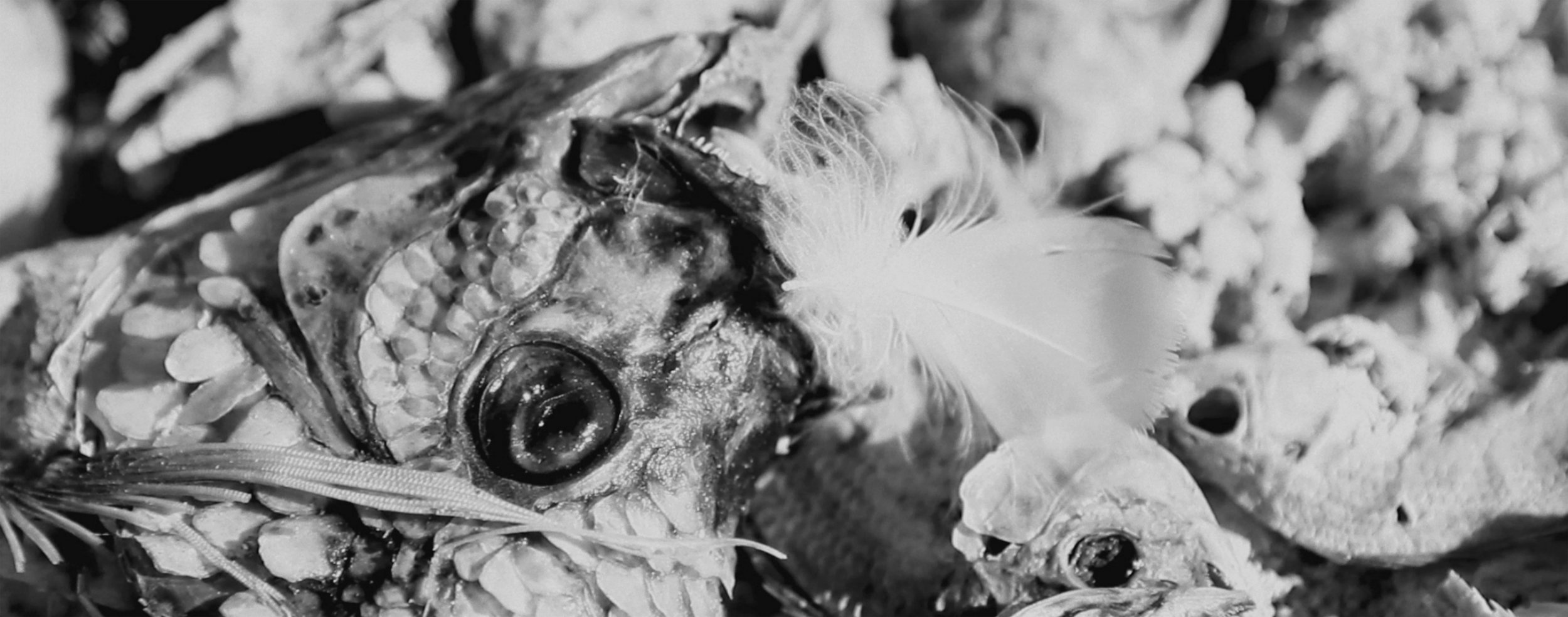In bringing together Latina, Chicana and Latin American women filmmakers working on both sides of the border, this program considers gender, race, queerness and ethnicity as vintage points to approach displacement, exile and ways of inhabiting/appropriating the space of immigration. Covering a large gamut from meditative landscape films to magic realism, animation and various forms of experimentation, these films express original, singular voices embodying a creative approach to story telling and a bold (re) definition of the visual field. They explore strategies of desire, patterns of longing/nostalgia/memory, the impact of trauma, the clash/coexistence of cultures and the fleeting boundaries of real or imagined spaces. The filmmakers come from Colombia, Ecuador, México, Perú, are of mixed heritage (Salvador-México) or embody several generations of Latino life in the US.
The evening will start on a drifting boat with El dedal de rosas: The Magic of the Smoked Mirror by Mariana Botey, that weaves mystical connections between modern and indigenous cultures—and will end with a 35mm Mexican animation (by way of Texas and Los Angeles), Síndrome de línea blanca in which Lourdes Villagómez performs a feminist deconstruction of a fairy tale under the watchful eyes of the “white goods” (línea blanca=domestic electric appliances). Brenda Contreras inhabits her Los Angeles experience, From Brooklyn Ave to South Broadway, with tropes borrowed from Mexican folklore. With Dejar, Caitlin Díaz seeks a visual balance while mixing abstract direct animation on 35mm with documentary footage shot on Super 8. Blua, by Carolina Charry Quintero, uncannily transgresses the conventional boundaries between human and animal, observation and fiction—creating an enchanted, disturbing tapestry. In her short experimental piece, Untitled, Regina Gonzalez-Arroyo addresses the issues of trauma, love, narration and imperial history. In the haunting b/w images of Ilana Coleman’s La mujer y el pescado, a girl encounters sex and death by the shore. Performed on a rooftop in Tijuana and part of the Terrazas Triptych, Candide by Patricia Montoya is an experimental narrative video about lesbian love and emigrant longing—with Tijuana functioning as a conglomerate of memory traces of the filmmaker’s childhood in Medellín, Colombia.
Andrea Franco’s Notes on Connection I contains images and sound of the Pacific, which has been the place of connection/disconnection as the filmmaker is reflecting on nostalgia about her past in Perú versus her current like in Los Angeles. Piensa en mí by Alexandra Cuesta is a portrait in motion: acontemplativemeditationonpublic transport in thecity of Los Angeles—isolation, routine and everyday splendor. In Mujer, Sofía Canales lovingly films three generations of Latina women from her family, involved in the small mutual generosities of domestic life. Chloe Reyes’s New Sun Breathing In is a delicate portrait of her grandmother in her North Hollywood home.
Bérénice Reynaud
